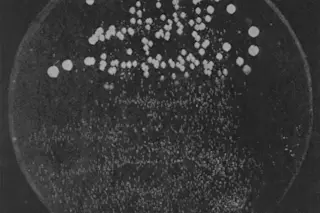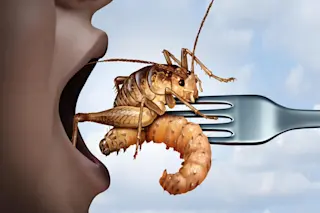Kids who love books know the world is a perilous place. Any day a tornado may carry away your house; your little brother may be kidnapped by a disembodied alien brain; a rhinoceros may eat your parents. But when it comes to more ordinary dangers, kids who read the classics might be left confused: Is an ordinary fever likely to kill you? How many days home from school does it take before someone sends you to the seaside to recover? The illnesses of fictional characters may be the first medical education a kid gets. And that education can be a little out of date. In Peter and Wendy, the Darling children are looked after by a nurse named Nana: "She believed to her last day in old-fashioned remedies like rhubarb leaf, and made sounds of contempt over all this new-fangled talk about germs, and so on," J. M. Barrie writes. ...
Classic Children's Books That Would Be Ruined by Modern Medicine
Discover how classic children's literature like 'The Velveteen Rabbit' portrays scarlet fever germs and childhood health issues.
More on Discover
Stay Curious
SubscribeTo The Magazine
Save up to 40% off the cover price when you subscribe to Discover magazine.
Subscribe










